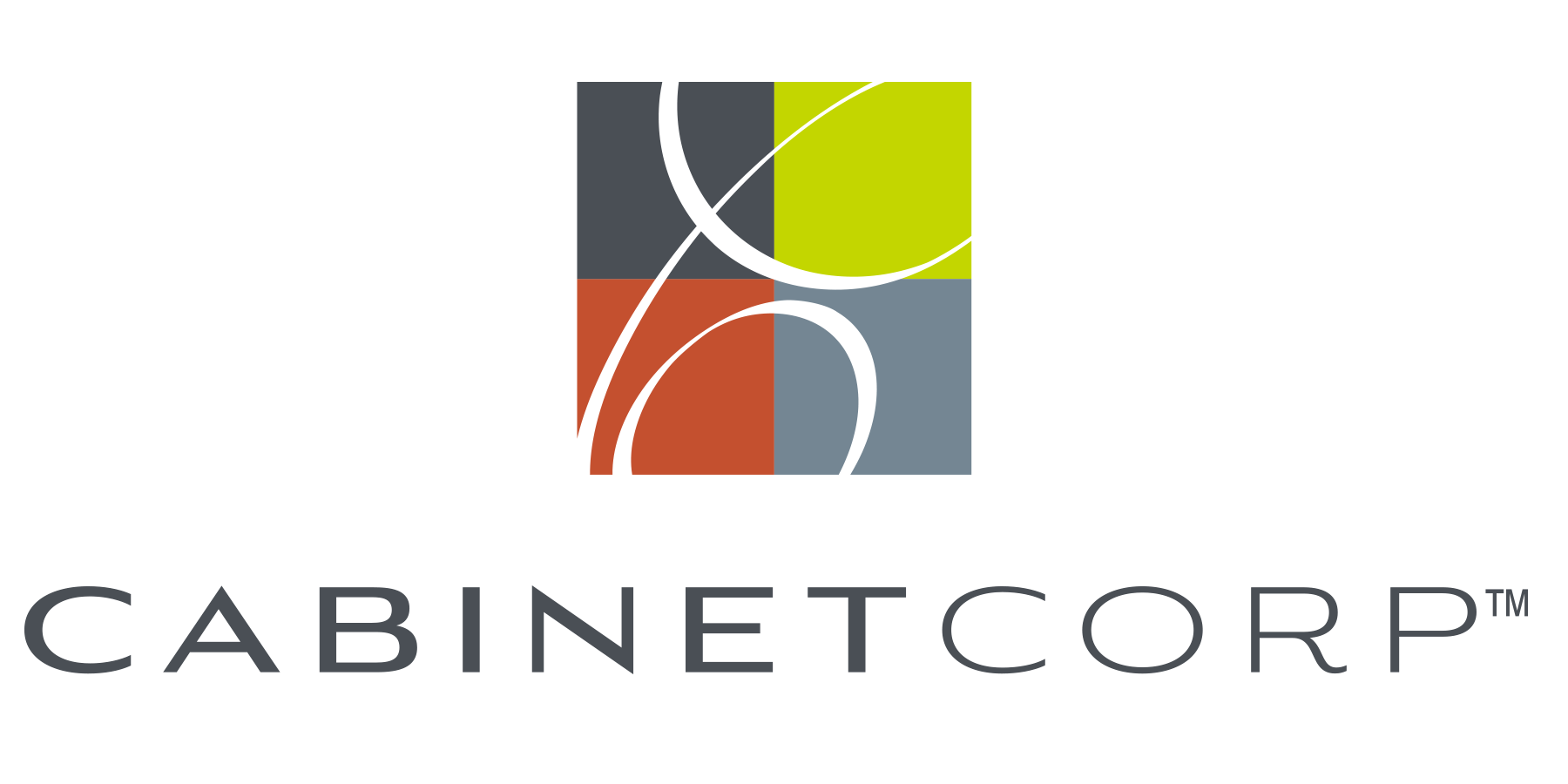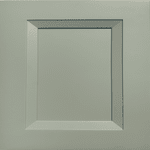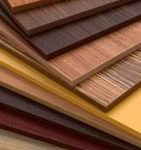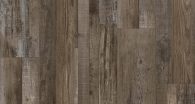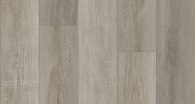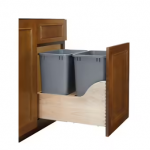If you’re looking to sell your home or investment property, the obvious way forward is to increase its value with a few upgrades. But does it worry you to think about the environmental impact your upgrade might have? Are you someone who is invested in reducing your carbon footprint? That’s great because you’re thinking in the right direction: Green homes and retrofitted green properties are part of a global real estate trend that’s here to stay.
And, if you’re someone who believes climate change is a hoax, eco-friendly upgrades are right up your alley too, for they’ll save you hundreds of dollars in utility bills, besides paying for themselves over time. Isn’t that a sweet deal?
We all know that it’s a buyer’s market and only properties with the best upgrades in the locality will make the sale. Green upgrades have big returns on investment and add great value to your property. So install those solar panels or that tankless water heater; choose renewable materials like bamboo or cork for flooring and pick systems that reduce energy consumption across the board. Irrespective of what you choose, eco-friendly upgrades are always worth the initial investment they require.
In fact, commercial property owners and managers everywhere are pumping in an estimated $960 billion to green their existing buildings and will continue to do so until 2023. Energy saving ventilation, heating and air conditioning, plumbing fixtures, lighting and windows are the focus. Demand for residential properties that are certified green is also on the rise, according to recent studies which peg it at 10-14 percent more than homes that are comparable, yet not eco-friendly.
Other statistics show that home builders (both single family and multifamily units) are planning to step up their environmentally viable projects to around 80 percent by 2018. In fact, property owners who don’t make eco-friendly upgrades risk being forced to sell at prices not very competitive.
Therefore, without further ado, check out this list of five upgrades that can help you acquire the much-coveted green certification and recover costs incurred when it’s time to sell.
-
Solar Panels
Install solar panels on your roof and convert the clean energy of sunrays into electricity that will not only be enough for your use, but could also be sold to your energy provider for cash. Solar power systems, though expensive to install, are among the best ways to convert your property into an environmentally friendly one. Besides helping us cut down dependence on fossil fuels, solar panels can also counter greenhouse gas emissions. With state or city governments offering incentives and tax breaks for installing solar panels, and rapidly declining equipment costs, it is possible for every American household to generate its own electricity and guard against increases in utility rates for the next two decades.
Since solar panels do come with premium pricing, it helps to make it the last green upgrade you add. Make your property eco-friendly by using other green upgrades to reduce the amount of electricity required. That, in turn, reduces the amount of electricity your solar panels need to generate, once installed. A smaller solar power system will be sufficient to meet your reduced energy requirements. Since solar panels come with a performance monitoring system, you can also track electricity production and usage and thereby lowering overall consumption.
-
New Energy-Efficient Windows
Depending on the state of your windows, decide whether they need a complete overhaul or can be made more energy efficient using methods like caulking, weather stripping and installation of storm windows. Most old homes, however, need complete replacement and energy efficient windows must be your choice. They may be pricey, but almost 70 percent of their cost can be recovered upon selling.
Did you know that such energy-efficient windows came with Energy Star ratings, just like appliances? Such windows keep your property warm in winter and cool in summer; they pay for themselves by preventing energy loss and thereby lowering electricity bills and they lower your greenhouse gas emissions. Before installing energy-efficient windows, think about the areas that need improved energy efficiency and choose windows with suitable Energy Star ratings. Also keep in mind the climate of your place and the structural design of your property.
-
Rainwater Harvesting Systems
Once you have reduced your energy consumption, cut down your water consumption. Rainwater harvesting can work wonders in conserving rainwater and is completely worth the upfront costs involved in setting up. It can save you several hundred dollars a year by providing filtered rainwater that can be used to water gardens and lawns, clean cars, wash clothes and flush toilets. In fact, properties with rainwater collection systems can expect to save up to 50 percent of their water consumption.
Rainwater collection systems include a barrel (for storing the water) that is connected to the gutter downspout. It directs rainwater into the barrel and prevents wastage. Sustainably made gutter protection systems can prevent contamination of rainwater by organic material.
-
Install High-Efficiency Appliances
This option would be a good fit for those whose appliances have seen better days and now is a good time to replace them. In such cases, the ideal way would be to rely on the Energy Star rating provided by the Environmental Protection Agency (EPA) and the Department of Energy (DOE). Such appliances are great at saving water, energy and up to $80 a month for you on your utility bills.
If your budget is a bit tight, not to worry. The government, in order to encourage people to buy energy-efficient appliances, offers grants, incentives and low-interest loans. Ask the salesperson or a local authority for more information. While shopping, read the Energy Star label carefully – it gives you an approximate annual energy consumption. Using this information compare different brands and models. However, remember that a larger appliance is going to use up much more electricity than a smaller one would, irrespective of its Energy Star rating.
-
Fix Insulation
Another green upgrade that has government aid (in the form of tax credits) is insulation. If your home or property is an old one, it’s highly likely that its insulation isn’t sustainable. You should consider upgrading to insulation that uses alternative materials such as cotton, wool or other recycled materials. Properly installed insulation, in problem spots like the attic, can help cut energy bills by 10 to 30 percent. Heating and cooling accounts for over half of the total energy consumed by a household and by ensuring your insulation is leak-proof, you can keep your home warmer in winter and cooler during summer.
Coupled with any of the above green upgrades, proper insulation can reduce or even do away with the need for power generated through the burning of fossil fuels.
Green Value for the Budget-Conscious
While these measures, with their steep costs, do a fantastic job in reducing your energy and water consumption, they aren’t the only ways to step up your property’s market value. Budget-friendly options such as landscaping with native plants (which also adds curb appeal), installing tubular skylights, creating a designated spot for recycling and composting kitchen waste, upgrading to eco-friendly wallpaper and flooring and simply planting a couple of trees can increase the green value of your property.
Green Home Certifications
Now that you have put in all that money and work into upgrading your property, it’s time to get certified. This is an important step in increasing the value of your property and selling it, because a certification convinces potential buyers that they are in fact paying a higher price for certified green upgrades. It’s not just your word, but that of a trustworthy entity that regularly audits such upgrades and certifies them. Find more information about green home certifications here.
Now that we’ve armed you with all this know-how on green upgrades, it’s time for one last suggestion. Consider doing an energy audit for your home or investment property, both before and after putting in all these improvements. It would be a great indicator of how much energy and water you were originally consuming and how that’s tangibly dropped now. You will also better understand how much money these efforts are actually saving you.


